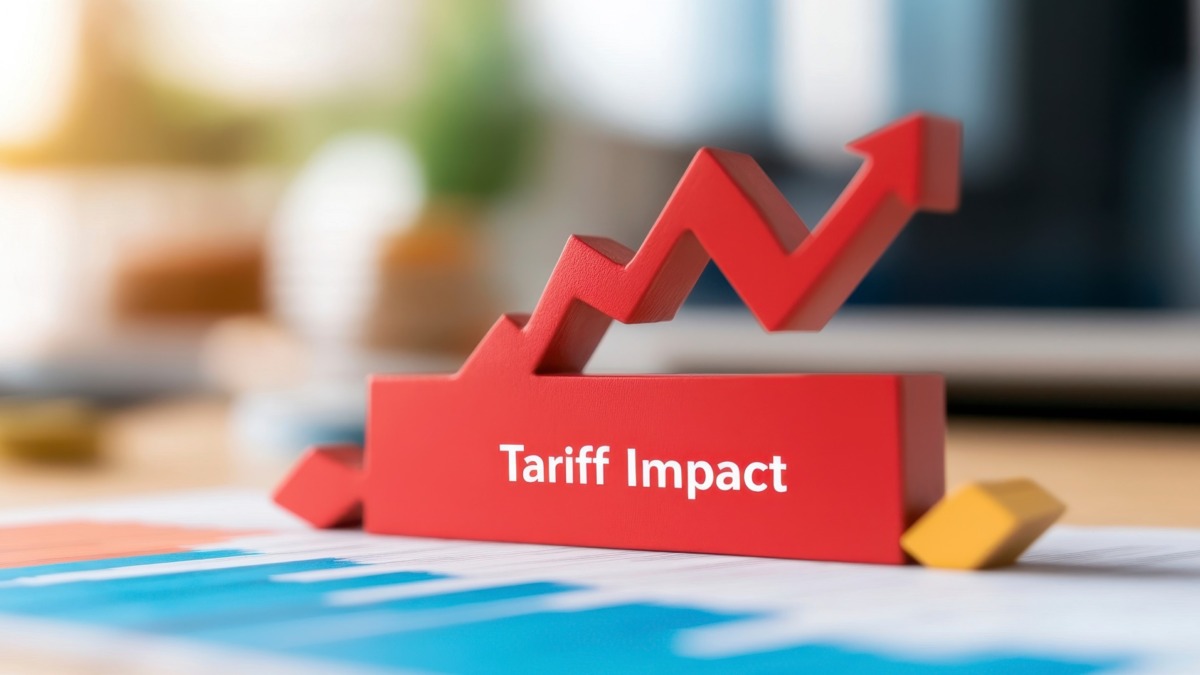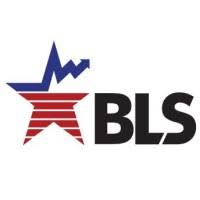US CPI Rise Spurs Tariff‑Driven Price Shifts—and Crypto Wobbles

- US inflation increased to 2.7% annually in June missing expectations and moving in the wrong direction for Trump’s desired rate cuts.
- Trump’s tariffs seem to finally impact consumers, with durable goods recording their largest price jump in nearly five years.
- Bitcoin fell almost US$6,000 from its recent all-time high, trading at US$117,308 as crypto markets reacted poorly to inflation news.
- Despite the correction, analysts believe structural supply-demand imbalances make prolonged crypto downturns unlikely.
US President Donald J. Trump has been calling for lower interest rates for a while, even name-calling Fed Chair Jerome Powell over his perceived incompetence. And unfortunately for Trump, he may not be getting what he wants anytime soon.
US inflation continues its gradual rise, moving in the wrong direction. Though still below alarming levels, the June year‑over‑year increase of 2.7% missed forecasts, and – for the first time – companies are beginning to pass Trump’s tariff costs on to consumers.
Related: Crypto Week Stalls: US House Halts Procedural Vote on Landmark Stablecoin Bills
In its official statement, the Bureau of Labor Statistics noted:
The Consumer Price Index for All Urban Consumers (CPI‑U) increased 0.3 percent on a seasonally adjusted basis in June, after rising 0.1 percent in May […] Over the last 12 months, the all‑items index increased 2.7 percent before seasonal adjustment.
 US Bureau of Labor Statistics
US Bureau of Labor Statistics Tariffs Finally Hit Consumer Wallets
Bloomberg data show durable goods such as appliances recorded their largest price jump in nearly five years, and toys rose at the fastest pace since early 2021. Core goods prices (excluding cars) climbed 0.55% – their biggest monthly gain since November 2021 – indicating that tariffs are finally “beginning to bite”, wrote Inflation Insights President Omair Sharif.
Analysts at The Kobeissi Letter however pointed out that a lot of things got a lot more expensive for Americans:
And crypto hasn’t reacted well to the news, with Bitcoin and Co trading lower – the OG is almost US$6k (AU$9.2k) below its all-time high set just days ago. At the time of writing Bitcoin trades at US$117,308 (AU$179,827), Ethereum at US$3,104 (AU$4,758) and XRP at US$2.89 (AU$4.43).
Related: NYSE Arca Green‑Lights ProShares Ultra XRP ETF, Eyes Launch This Week
Bulls Still Betting on Recovery
However, this doesn’t mean that we’re going into a bear market situation anytime soon, according to at least one analyst. Crypto researcher Matt Mena at 21Shares told Cointelegraph that the “structural imbalance between surging demand and a rapidly vanishing supply base makes a prolonged correction increasingly unlikely”.
According to the analyst, exchange and OTC supply remains at all‑time lows while demand keeps rising – what he calls “fundamentals remain even more skewed” – a setup that’s likely to put upward pressure on price.
This view was echoed by 10X Research’s Markus Thielen who said that very few exchanges have large BTC volumes left – due to institutional buying and especially spot Bitcoin exchange-traded funds (ETFs).
Globally, the funds now hold 1.45 million BTC or 6.9% of all supply – heavily dominated by US funds, with only one Swiss and two Canadian funds in the top ten.






